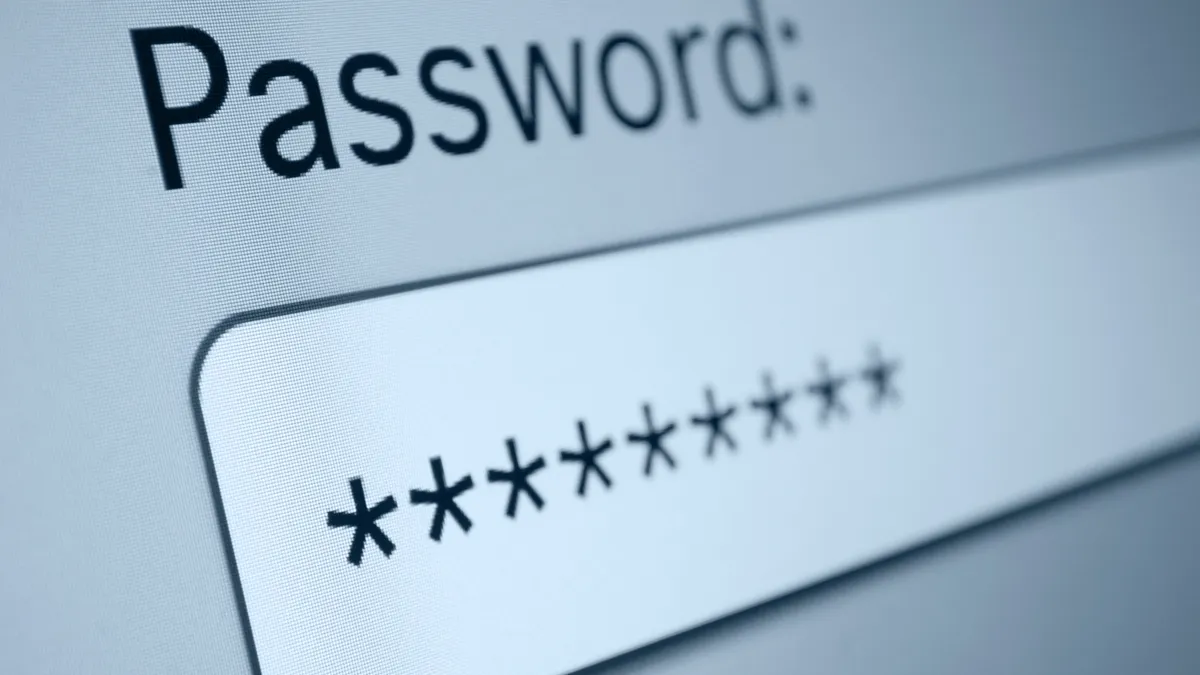Dive Brief:
- As students spend an increasing portion of their lives online, schools can help keep them safe by offering lessons in digital citizenship, providing appropriate filters on school-issued devices, and increasing their vigilance over cyberbullying.
- EdTech: Focus on K-12 reports Common Sense Education has developed a set of resources to help schools teach online security, and web filters can provide a safety net for even the best digital citizens — Chromebooks, for example, come with default phishing and malware alerts, and GoGuardian keeps students on academic sites.
- When it comes to cyberbullying, Bark software monitors kids’ social networks and alerts parents to potential cases of cyberbullying, and ReThink filters — created by a 13-year-old — give prospective online bullies a chance to reconsider the text they are about to post.
Dive Insight:
Encouraging digital citizenship is a critical step in all district security operations. Having the best infrastructure in place to protect systems is no help if end users invite hackers in by divulging their passwords or downloading viruses. Lesson plans are directed at students, but teachers and other staff members need regular reminders of the hazards of phishing scams and malware as well.
Interestingly, even in this digital age, student survey leader YouthTruth found cyberbullying to be the least reported type of bullying among students. Verbal harassment was by far the most common, with 79% of students bullied saying that was the medium. By contrast, 25% of students said they had been cyberbullied, and 75% of those students said they had also been verbally harassed, indicating cyberbullying does not stay online. Schools can get a handle on the experiences of their own students by conducting surveys to get the data to inform targeted interventions.







 Dive Awards
Dive Awards






